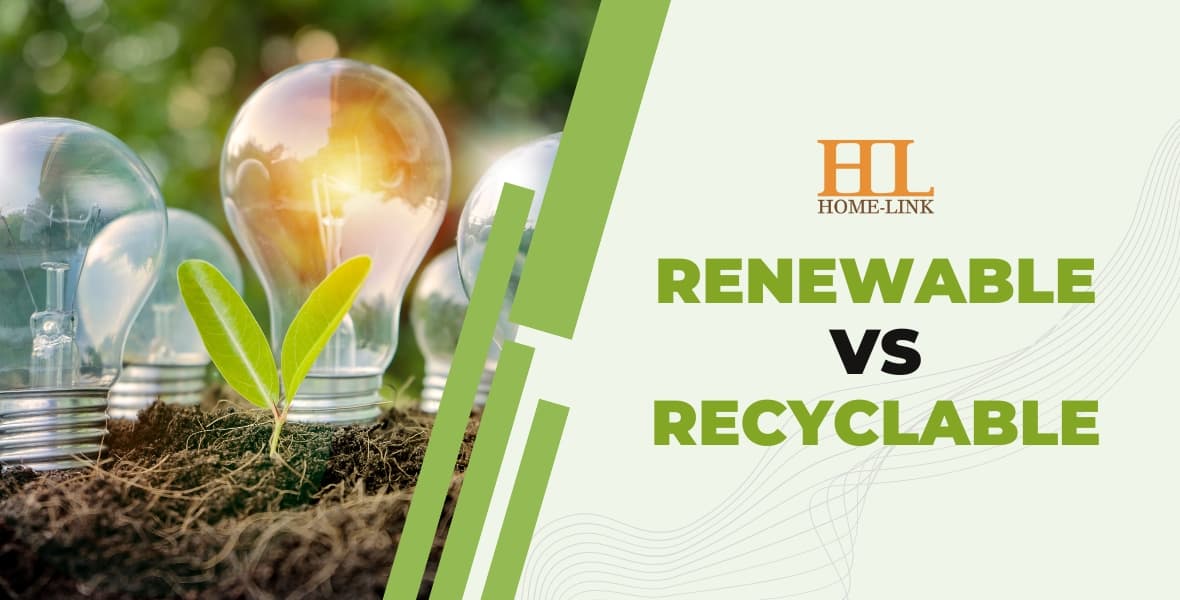Reducing the environmental impact is dependent on both renewable and recyclable resources. Some resources are both renewable and recyclable, but they are not the same.
Reducing the impact of the environment on human life is a difficult task, but one that can be accomplished by utilizing renewable and recyclable resources. The two are not the same, and some sources can be both.
Renewable energy refers to the energy available from sources that are naturally replenished, such as sunlight, winds, rain, tides, waves, and geothermal heat. The Earth911 glossary defines a renewable resource as one that naturally replenishes itself and is available without human or other outside influences.
Recyclable is a type of material that is often used for manufacturing other products and can be recycled again. However, a recyclable resource can be used repeatedly but must first be prepared for reuse through human or natural processes.
Examples of renewable energy sources are wind and solar power.
Solar power and wind energy are excellent examples of renewable resources. Both may be utilized for energy purposes. They are naturally occurring and ongoing.
Some things can be recycled.
Glass and aluminum are recycled resources. Their bottles and cans can be re-processed into new ones. There is no limit to the number of times these products can be recycled.
In any given situation, there are certain combinations of circumstances that have to be present for something to occur.
As a recyclable resource, water must undergo the process of precipitation and evaporation before being reused. In addition, water can also be considered a renewable resource in the form of hydroelectric energy.

